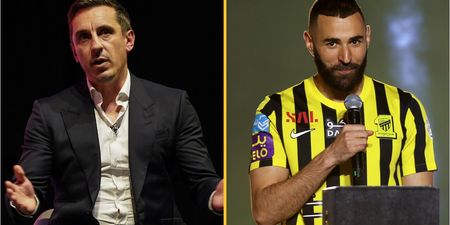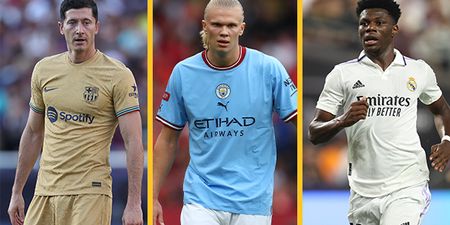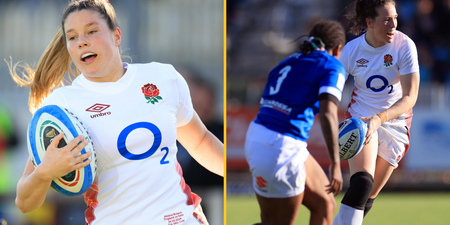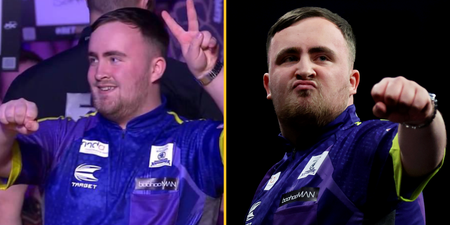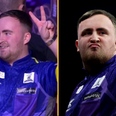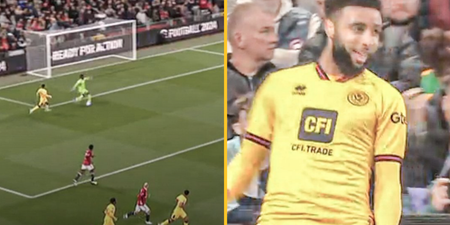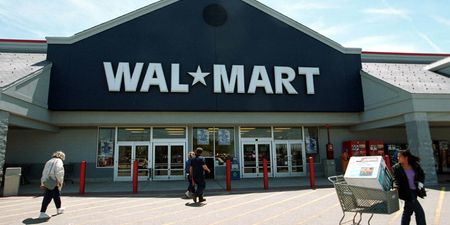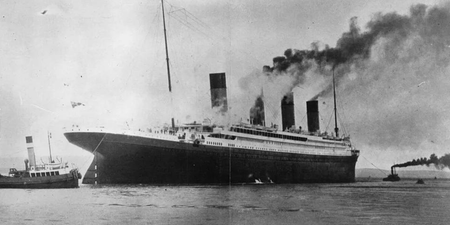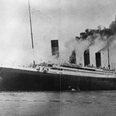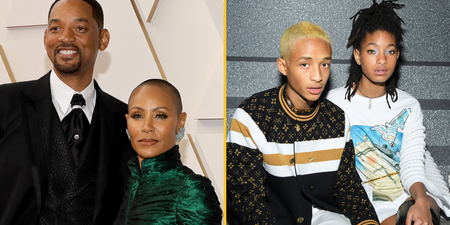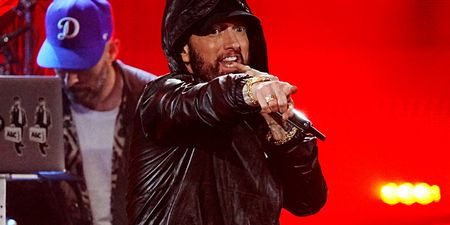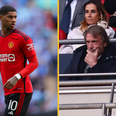It is the month when Sky’s yellow ticker returns after a 17-week absence, when journalists chase their tails in the hope of catching it just once, when increasingly desperate clubs scour the market with dreams of making a signing that could transform their season.
January, a time of excitement, promise and expectation until it ends, the closure of the much anticipated transfer window jolting us all back to reality. Everything could change, but more often than not little does. January is becoming the month of false hype and false hope.
Which is not to say deals don’t happen, because they do and some of them, albeit increasingly few in recent years, turn out to be good ones. The biggest transfers of the first month of 2016 in particular make chastening reading for anyone pinning their hopes on finding a bargain in the January sales. As usual, the most desperate were the biggest movers; Newcastle United brought in Jonjo Shelvey and Andros Townsend while Norwich City recruited Timm Klose and Steven Naismith. Both clubs were still relegated.
Everton backed Roberto Martinez’s judgement and agreed to pay £13.5 million for Oumar Niasse and 12 months out the Merseyside club are determined to sell the same player having demoted him to the under-23s.
 (Photo by Jan Kruger/Getty Images)
(Photo by Jan Kruger/Getty Images)
Similarly, Sunderland’s decision to spend £9 million on Wahbi Khazri looks questionable now, with reports in the North East indicating that David Moyes is ready to offload the Tunisia international. Swansea City fared even worse, bringing in Alberto Paloschi for £8 million only to sell him six months later.
Arguably the only big signing to come close to having the desired impact was Giannelli Imbula for whom Stoke City paid Porto £18.3 million and even he had a spell out of the team earlier this season having after being dropped by Mark Hughes.
Few signings provided value, although Leicester City signing Demarai Gray for £3 million and Southampton securing Charlie Austin for £4 million are among the few deals that buck the generally negative trend.
The story was similar 12 months earlier as far as big moves where concerned when Manchester City paid £28 million for Wilfried Bony and Chelsea spent £26.1 million on Juan Cuadrado. Both players have since been farmed out on loan.
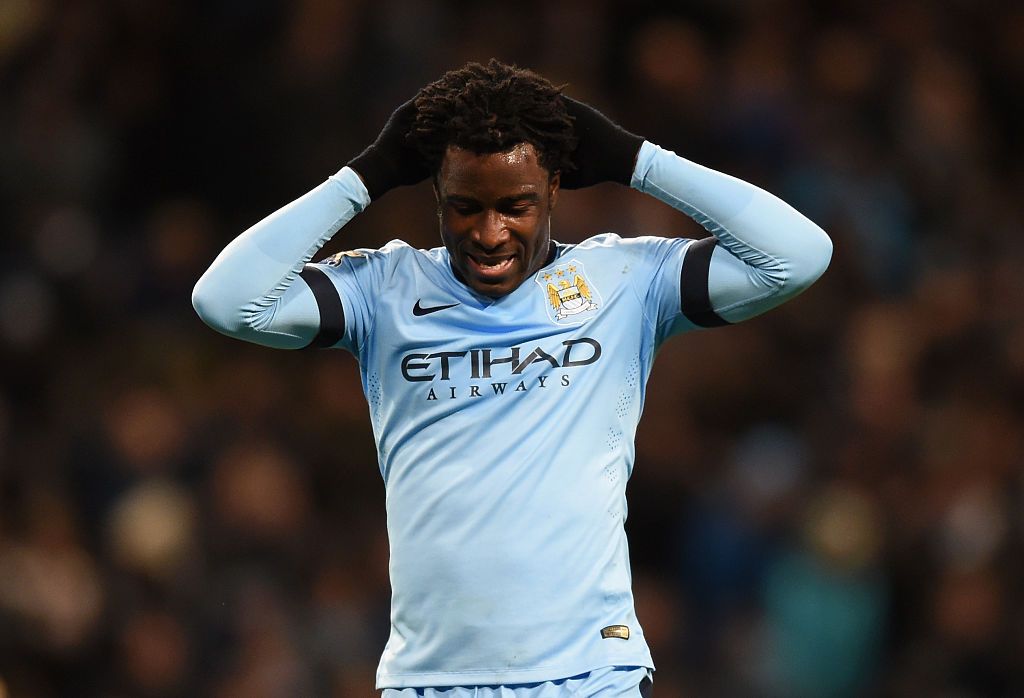 (Photo by Michael Regan/Getty Images)
(Photo by Michael Regan/Getty Images)
There was more value to be found, though, with Burnley and Crystal Palace paying £3 million apiece to turn loan deals for Micheal Keane and Wilfried Zaha into permanent transfers. Tottenham Hotspur, meanwhile, pulled off arguably the greatest January transfer coup yet when they signed Dele Alli from MK Dons for just £5 million.
There have been other examples of clubs doing good business in January, most notably Liverpool signing Philippe Coutinho, Daniel Sturridge and Luis Suarez, Manchester United snaring Nemanja Vidic and Patrice Evra, Everton recruiting Mikel Arteta and Chelsea bringing in Nemanja Matic. But on the flip side there is Fernando Torres to Chelsea, Andy Carroll to Liverpool, Chris Samba to QPR and Savio to West Ham United.
The overall picture, though, is one of clubs becoming increasingly reluctant to venture into the market in January due to a combination of a lack of available quality and a reluctance for potential sellers to do business midway through the season.
On average, only 17 per cent of transfer expenditure is in January with the bulk of spending taking place during the summer; the split for the number of transfers at or above €1 million is almost identical. The will to speculate to accumulate might be present at all clubs but opportunities to do so seldom are.
“By and large, the January market is divided into three different categories,” one industry insider explained. “You have players who are surplus to requirements at their clubs for various reasons. But even in those cases managers can be reluctant to let those players go for fear of being left short in the second half of the season, particularly if direct replacements can’t be found.
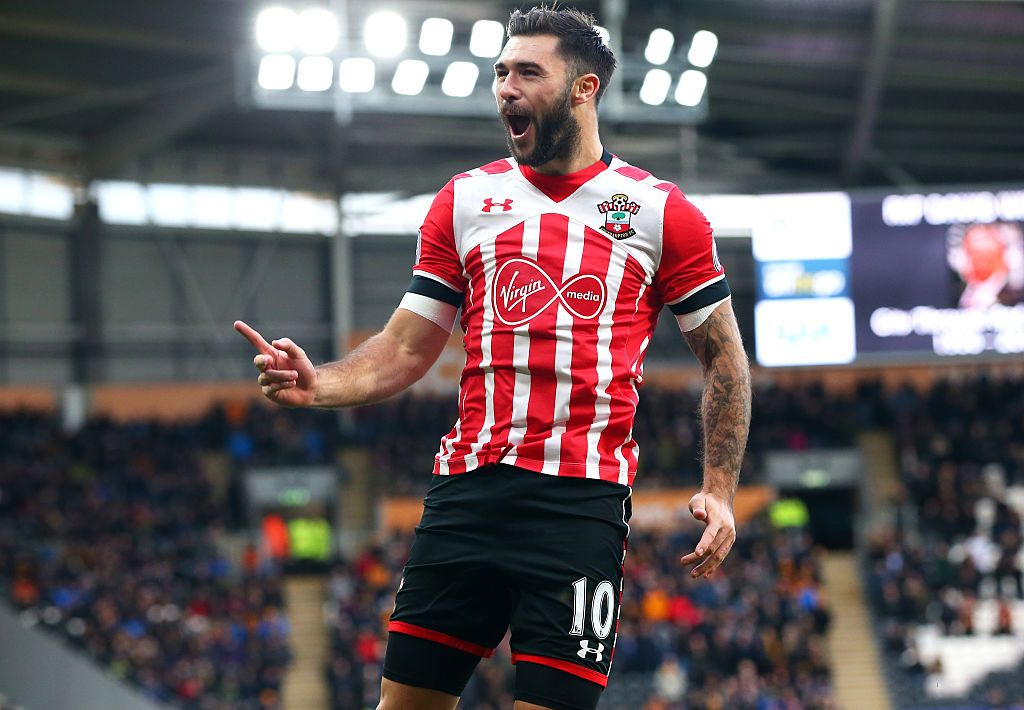 (Photo by Alex Livesey/Getty Images)
(Photo by Alex Livesey/Getty Images)
“Then you have players at clubs who have to sell for financial reasons but that market is shrinking, especially in England with the big TV deals having such a profound impact. Lastly, you have players with release clauses in their contracts but not many of them can be triggered in January.”
A further impediment is caused by the Champions League with only ten of the 55 transfers that have taken place costing €15 million or more involving players who have left clubs who have reached the knockout stages of the competition.
Further scrutiny of those deals shows few of the players in question were regular starters, Juan Mata, Andrea Schurrle and Kevin De Bruyne at Chelsea and Robbie Keane at Liverpool being some of the more obvious examples. Also, that section of the market has been swollen by the emerging Chinese market which has led to moves for Ramires, Gervinho and, more recently, Oscar with the fees for each being way above the going rate.
“What you find is average fees are a little lower in January, mainly because there are rarely any massive moves, but the calibre of player moving is also a lot lower,” a senior club official explained. “Basically, the market gets a lot more unpredictable and the normal market rules don’t really apply as much due to short supply and desperate clubs.”
As things stand, the current window looks set to follow recent trends. Unless something out of the ordinary happens, the biggest transfer will involve an established player moving to China, in this case Oscar.
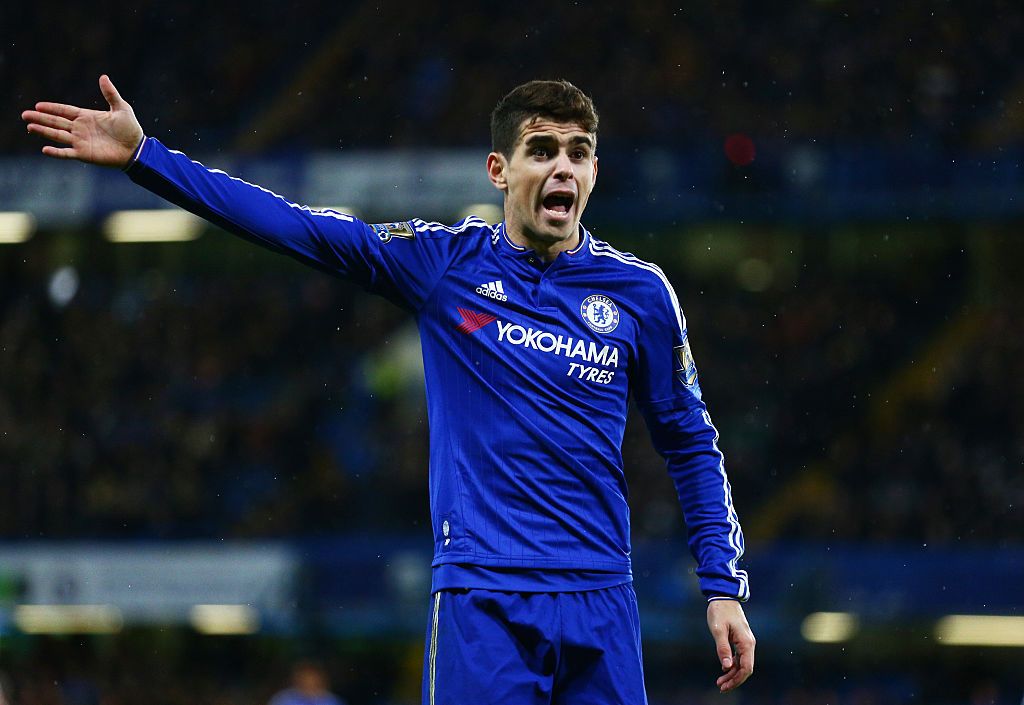
Towards the bottom of the Premier League, Swansea City and Crystal Palace in particular are understood to be considering attempting to buy their way out of trouble, while those with ambition in mid-table will look to sign the best players who are surplus to requirements at bigger clubs, hence Everton’s moves for Morgan Schneiderlin and Memphis Depay of Manchester United.
There is also a theory that the most over-priced type of player during the January window is a striker with Premier League experience, Torres and Carroll being the most obvious examples, and clubs literally do try to buy goals. Again, that has been underlined already this month with West Ham United’s unsuccessful bid for Jermain Defoe, although the chances of Sunderland even contemplating parting with their top scorer while mired in a relegation battle looks likely to be slim.
All of which is why managers continuously stress that the January window is “difficult.”
It isn’t just about trying to ensure the expectations of supporters remain realistic, it is also about facing up to the reality that the supply of quality isn’t great even if demand for it is. None of which makes value in the market and good signings impossible to find, but it does mean that both are more likely to be found during the summer.
Not that this reality will stop the yellow ticker from rolling, prevent tails from being chased or bring a halt to the excitement that is as inevitable and unpreventable as the speculation.




